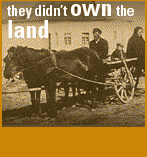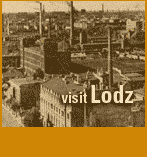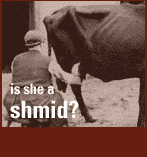

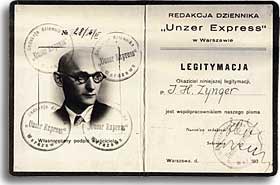

Bilgoraj
Shtetl of Commerce
A medieval village near Lublin, Bilgoraj's Jewish community developed during the late-16th century. It distinguished itself by its productive commerce and industry, and through the major literary figures it birthed. A small community, with 3,486 Jews out of a total of 5,311 in 1897, Jewish Bilgoraj made a more lasting impression than its numbers would suggest was possible.
A survivor reminisced:
"In the middle of the town was the marketplace, surrounded on all four sides by Jewish homes and shops, where the Jewish merchants stood with their businesses waiting for customers…Next to the shops would sit the Jewish women merchants with various good fruits …"
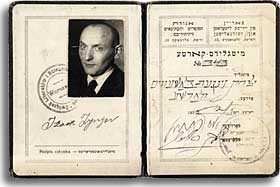

Thursday was market day for Bilgoraj and all manner of merchants and shoppers descended on the marketsquare to make the week's purchases.
Strangely enough, one of the shtetl's most important products was the sieve. Beginning in the 19th century, as modern industrial production invaded the Polish landscape, the Jews of Bilgoraj who already had skills as craftsmen and traders established a vital center for the manufacture, processing, and export of sieves to markets in Hungary, Russia, and Germany. Though a few businessmen made decent fortunes from the sieve industry, the great majority of Jews remained poor factory workers, many of them concentrated around the Yiddish world of Brik-gas (Bridge Street) in the center of town
In 1909, the Kronenberg family established a major printing company, producing volumes of Hebrew and Yiddish works - both religious and secular - for export into the surrounding communities. In 1927, a publishing house was added in order to distribute the works of prominent rabbis.
Following World War I, when poverty and economic hardship were the orders of the day, resilient and resourceful Jews regrouped and focused their efforts on textiles (largely horsehair weaving) and a new lumber industry, establishing two sawmills in the forests outside of town. During the same period Bilgoraj's Jews, as with other Jewish communities, organized many welfare services, mutual aid societies, interest-free loan guilds, and three Jewish banks in order to meet the needs of the shtetl.
Shtetl of the Singer Family
Possibly the most celebrated of all Jewish literary families, the Singer family of writers, originated in Bilgoraj. The Singer patriarch was the rabbinic author Pinhas Menahem Mendl Singer (ca. 1872-1942). The first of the three talented siblings to make a name was Israel Joshua Singer (1893-1944) known as "Shie" in Yiddish, an avant-garde writer and thinker who began chronicling Hasidic life in 1915. In the 1920s, he joined Warsaw's intense literary circle and worked as a shortstory writer and journalist. I.J. Singer was particularly notable for his aversion to sentimentalizing Jewish life, for his lack of commentary or moralization, and, often, for a complete lack of plot. In the 1930s, he moved to New York City and wrote serialized novels for the Forverts (Forward), the city's premiere Yiddish newspaper. Among his best-known works were Erdvey (Earth Pain) and Perl un andere dertseylungen (Perl and Other Stories), both published in 1922, and perhaps his most famous novel, Di brider Ashkenazi (The Brothers Askenazi) from 1936. He was considered a very promising talent, but unfortunately died young. His style of objective observation of Jewish life influenced many other writers, including his younger brother, Isaac Bashevis Singer, who became the most popular of contemporary Yiddish writers. Their older sister, Esther, also wrote novels, but she never attained the fame of her brothers.









